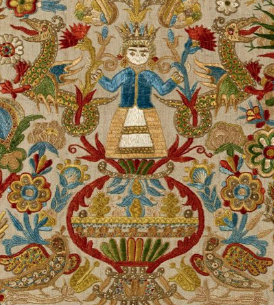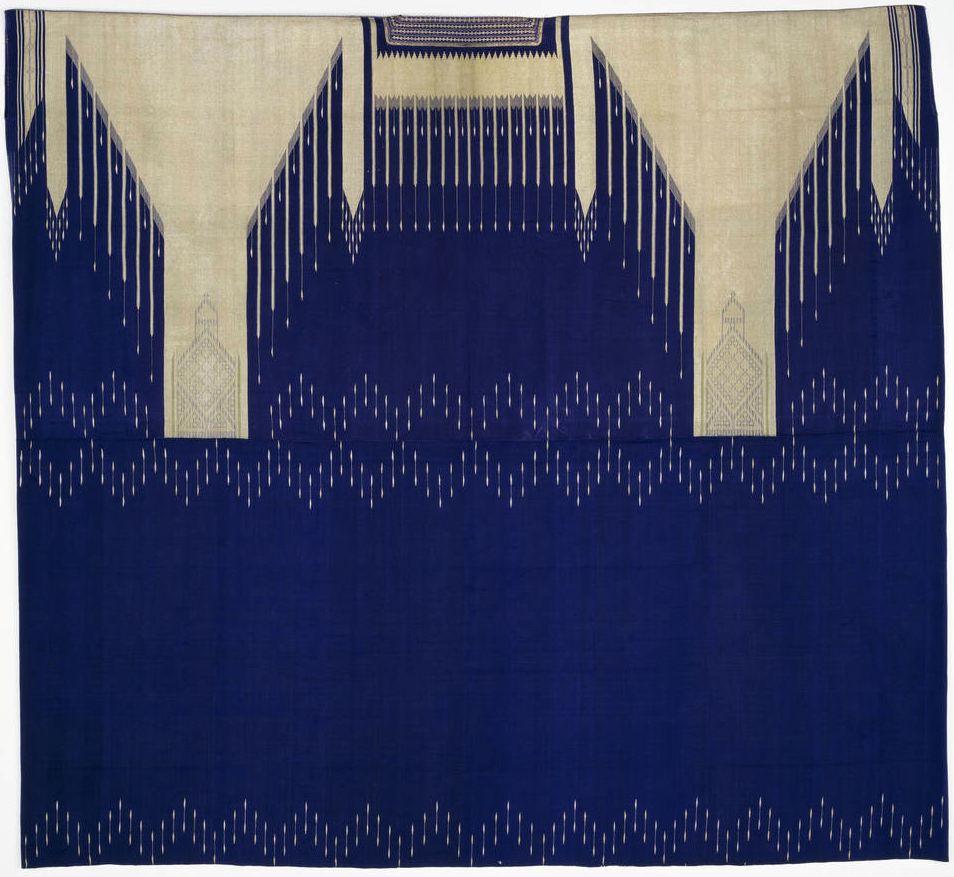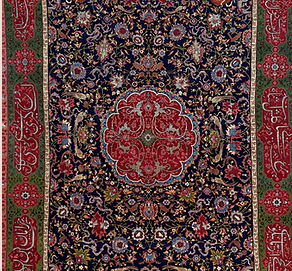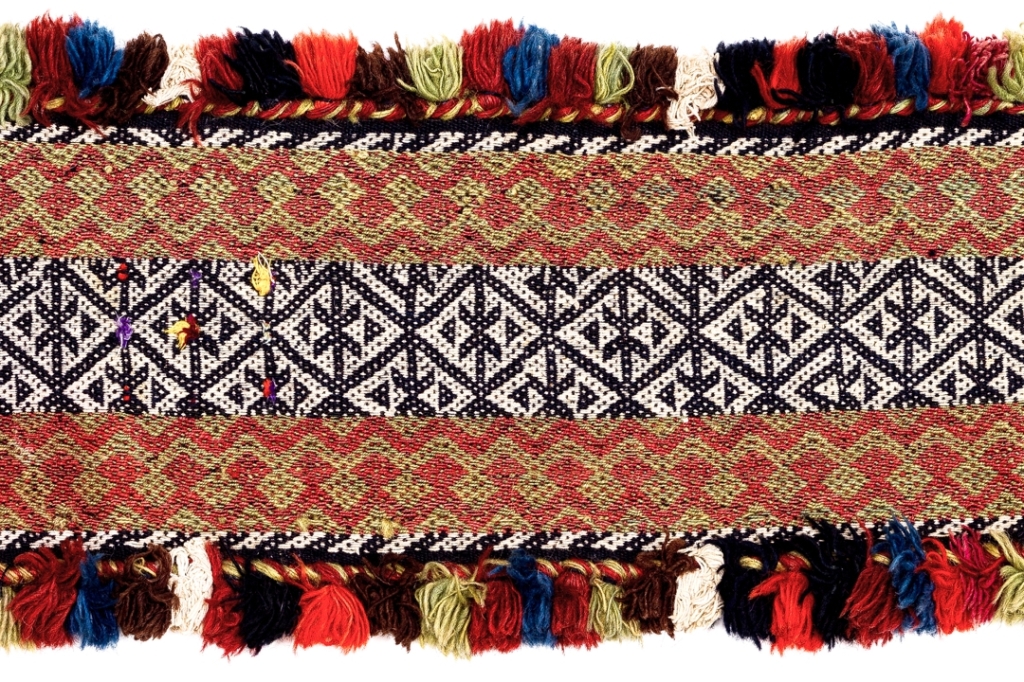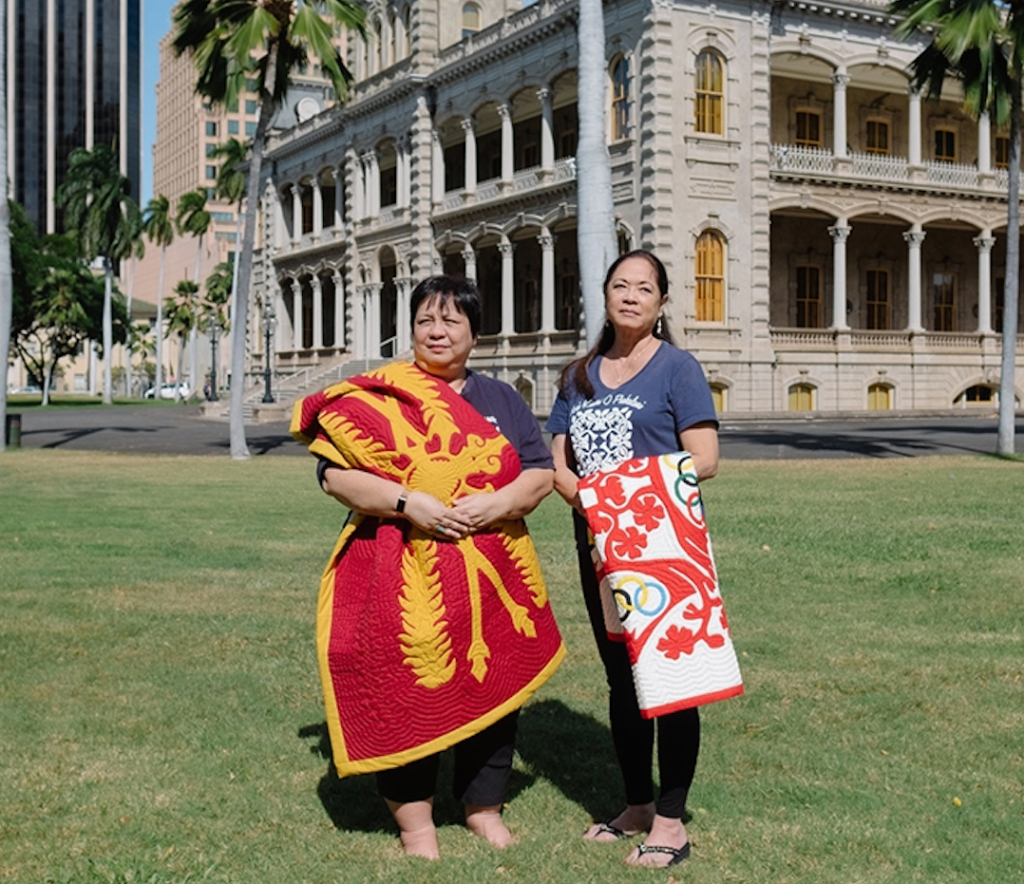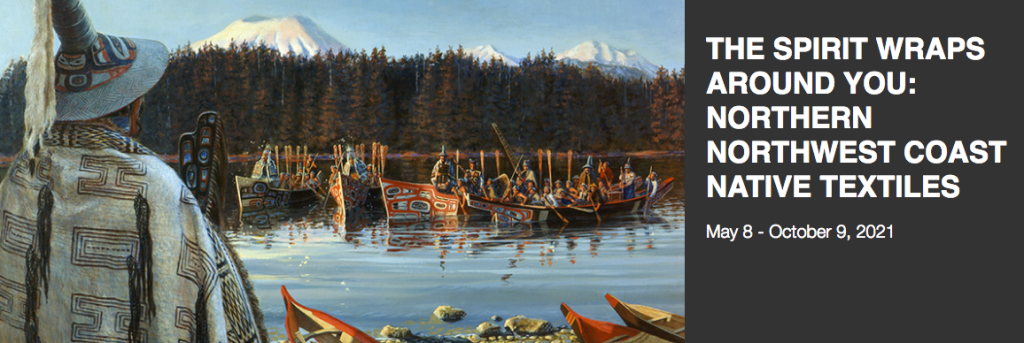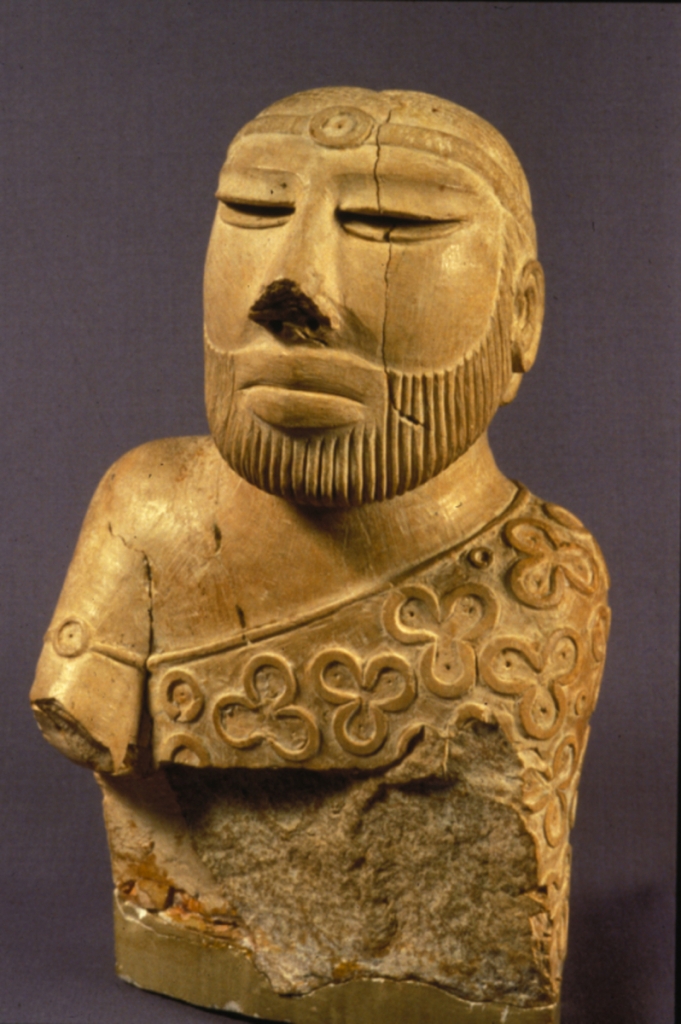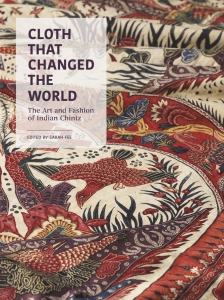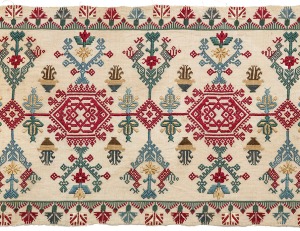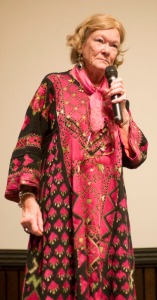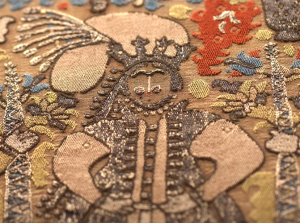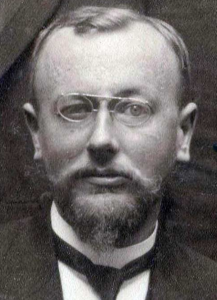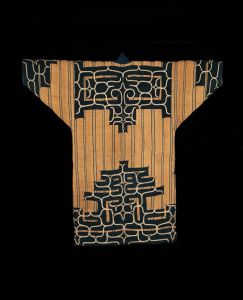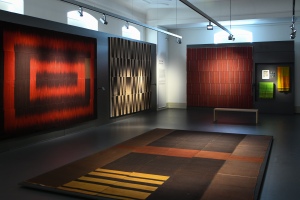
Please note that the best way to view this blog is by clicking on the title, which takes you to our WordPress site. The video links do not always open if you read this as an email.
A new exhibition dedicated to Mediterranean Embroideries opened this week at the Fitzwilliam Museum in Cambridge.
“This display showcases a range of textiles from across the Mediterranean world and explores the embroidery practices that connect them. Mostly created by women, these lively and decorative textiles provided a means of self-expression for women and girls of all ages. Generation after generation of makers handed down their needle skills, creating pieces that reflected personal tastes, social standing and community affiliation.
In the main, the embroideries were made for use in the home, as cushions, towel ends, bed tents, or as clothing.
Common features included ships, vases, fantastical beings, humans, birds and even words, while other motifs denoted regional differences. Some patterns travelled, appearing on other objects, such as ceramics, from opposite ends of the Mediterranean.” – museum website
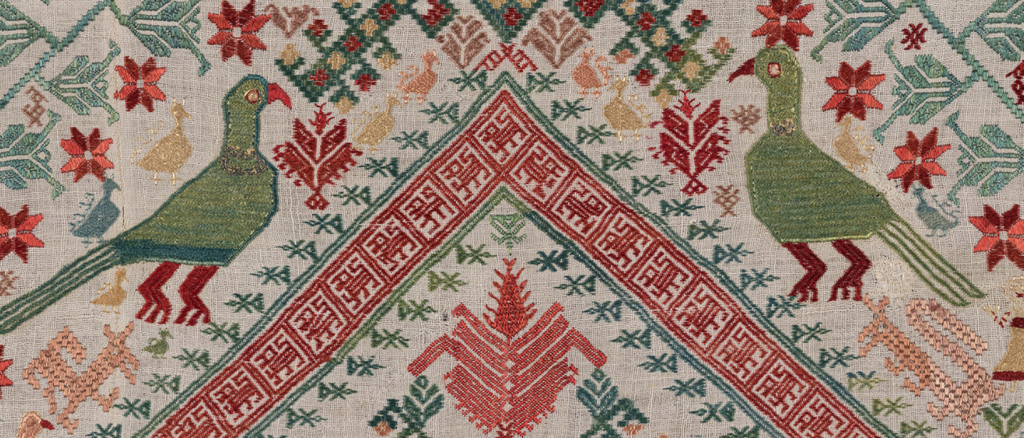
Next Wednesday lunchtime, 26 April at 12:30 BST, there will be a hybrid event when historian Elizabeth Key Fowden will talk about collectors of Mediterranean textiles in the new Fitzwilliam display Mediterranean Embroideries and discuss the short film made for the display Running threads, dancing bodies, featuring the life of a contemporary Greek collector and maker, Andreas Peris Papageorgiou.
This six-minute film tells the story of his collection. Peris is unusual in that he is both a maker and a collector, an artist who has spent his life collecting the last remnants of a once vibrant tradition and at the same time keeping them in use, outside the museum, by having his own dance troupe wear his collection for performances.
There is a small charge of £5, and booking is essential. Please ensure you book through the correct link – in person attendance or online attendance.
******************************
The next OATG event takes place on Thursday 27 April 2023. This will be an online presentation by independent scholar Thweep Rittinaphakorn, better known to his friends as Ake. His subject will be Frontiersmen of the Crossroad: The Fusion Style of Shan Chinese Dressing.
“Chinese Shan costumes, particularly those of females, are a crossbred fusion between the tradition of Tai apparel and Chinese style adornment and adaptation. The most outstanding items among the repertoire are the female festive skirts. They provide a stunning sight to those who have seen them. They have profuse, eclectic, and gaudy decoration, incorporating different material and embellishment techniques, unlike any other kind.
Relying on photographic evidence taken at the turn of the century, old books & early traveling memoirs, plus current dressing practice and physical material evidence drawn from private collections, this talk will first provide an initial backdrop of Chinese Shan culture, then dive deep to discuss their dressing style, accoutrements, plus embellishing technique and the materials used.”
Ake is an independent scholar whose work focuses mainly on textiles and arts history of mainland Southeast Asia. He curates The Siam Society’s textile collection and is a regular speaker to the Siam Society, Thai Textiles Society, and The Bangkok National Museum Volunteer group.
Please note that this programme begins at the earlier than usual time of 1630 BST, as our speaker is in a different time zone. Full details and registration for this event can be found here. It is of course free for OATG members, but there is a small charge for non-members.
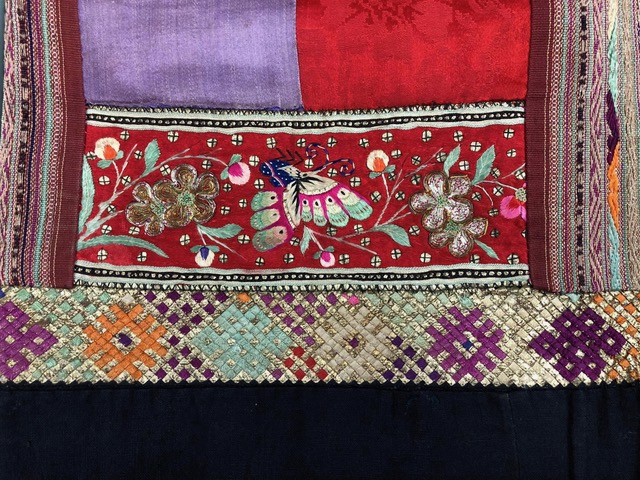
******************************
The annual May Beattie lecture will take place on Friday 5 May 2024 at 17:00 BST at the Ashmolean Museum in Oxford and will be followed by a reception. Dr Jessica Hallett from the Gulbenkian Museum in Lisbon will be the speaker and her subject is Knotting Threads Across the Warps of Time: Safavid Carpets in Europe 1600-1900. This annual lecture is free to attend, but you do need to confirm your attendance. For more details click here.

******************************
An exciting new exhibition at the Seattle Art Museum. Ikat: A Compelling World of Cloth runs until 29 May 2023 and showcases over one hundred examples of textiles from across the globe using the ikat technique. These include hangings and coats from Uzbekistan, kimono from Japan, ponchos from Bolivia and several textiles from across Indonesia. In this interview curator Pam McCluskey gives a glimpse into this exhibition.
On Saturday 6 May 2023 the Textile Museum Associates of Southern California will host an online programme by collector David Paly, whose textiles form the basis of this exhibition.
“Deceptively simple or fantastically intricate, ikat technique has been used for many centuries to create extravagant costumes and cloths of deep cultural meaning. The distinctively blurred, feathered or jagged patterns of ikat tie-dyed textiles are found across much of the world—from Japan in the east to Central and South America in the west, with vast areas of Southeast Asia, India, Central Asia and the Middle East in between. The traditional patterns still hold cultural relevance today in significant parts of the long-established ikat-weaving areas. Textile artists and fashion designers in many and varied countries have taken ikat in new directions, respecting traditional forms and palettes while creatively diverging from them.
Dr. David Paly has assembled a comprehensive group of textiles representing all of the cultural traditions that used the ikat technique, and which has morphed into a collection of over 500 pieces. More than 140 of them are currently on display at the Seattle Art Museum in “IKAT: A World of Compelling Cloth.” In this talk, he will walk us through highlights of his collection from the many places they were made.
This free online talk, entitled Global Ikat: Roots and Routes of a Textile Technique, begins at 10:00 PT, 13:00 ET, and 18:00 BST and you can register for it here.

******************************
Also taking place on 6 May is the next World Textile Day event, this time at Kings Sutton in Oxfordshire. These are always lively events, which include a textile market and talk. The speaker this time is Susan Briscoe, whose topic will be Sashiko Patterns: The Imperial Connection. Dealers include Martin Conlan of Slow Loris, the African Fabric Shop, Textile Traders, Khayamiya and Fabazaar. Click here for more details.
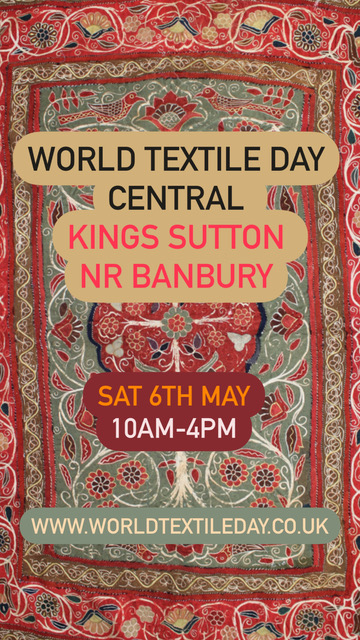

******************************
Finally, London Craft Week runs from 8-14 May 2023. There is an extensive programme of events and exhibitions to gladden the heart of anyone who appreciates craftsmanship. There are 213 events listed in the programme and, to be honest, I think the only way to approach this is to scroll through the whole list – you never know what might intrigue you! Highlights for me included Sarawak Basketry, Iban pua’ kumbu, Crafts of Qatar, Malaysia’s Heritage Crafts and Textiles and Baskets of Taiwan (which includes reproductions of Taiwanese textiles woven by OATG member Tsai Yushan). Settle down with a cup of tea and decide which events appeal to you – but don’t leave it too late as some of these are booking up fast!
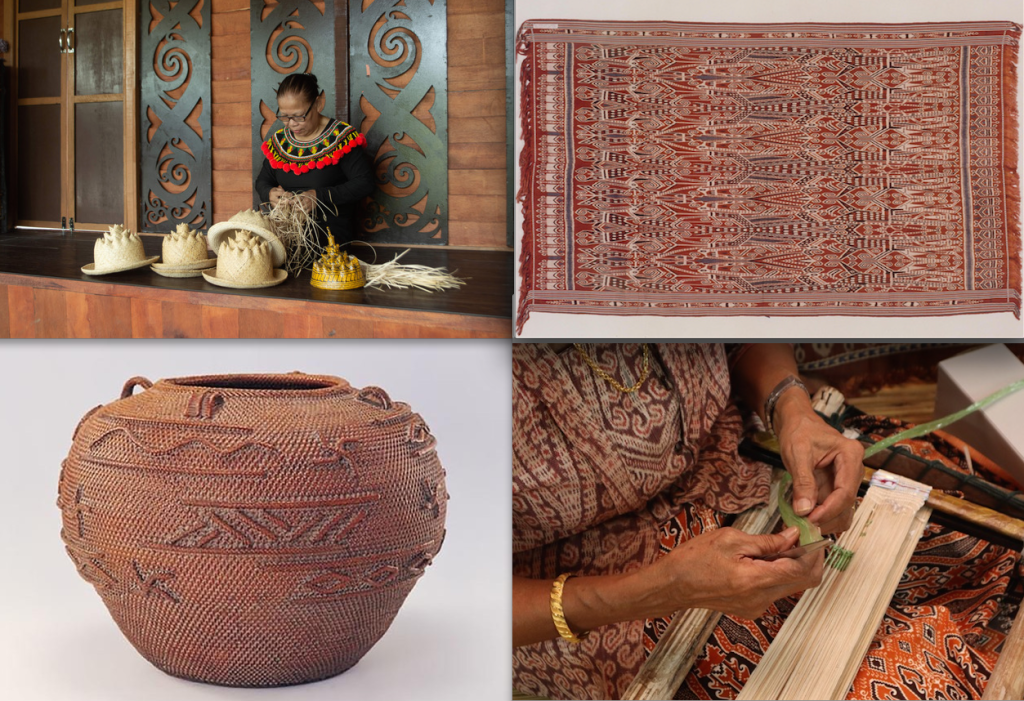
******************************
I’m heading off to Indonesia soon to co-lead another textile tour so might not have time to write lengthy blogs. However I will still be sharing information about forthcoming events on the OATG Facebook page, so why not follow us there or on our new Instagram page?

******************************

